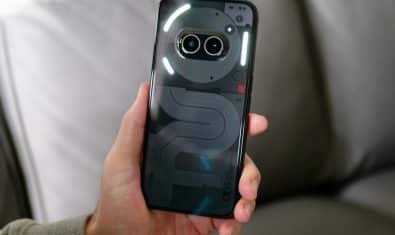Bioelectronic medicine researchers at the Feinstein Institutes have achieved a significant breakthrough with the double neural bypass, restoring both movement and the sense of touch in individuals with quadriplegia (a condition where all four limbs are paralyzed and lose normal motor function.). The procedure was performed on Thomas, a man who had been paralyzed for three years, and it has shown remarkable results.
The double neural bypass begins with the patient’s intentions, which are translated into electrical signals through a brain implant. These signals are then relayed to a computer, which subsequently sends them to electrode patches placed over the patient’s spine and hand muscles. The patches stimulate and promote function and recovery in the paralyzed limbs, allowing the patient to move his arms and even experience touch sensations.
Tiny sensors at the patient’s fingertips and palms send touch and pressure information back to the sensory area of the brain, effectively restoring sensation. This two-arm electronic bridge represents the novel double neural bypass, providing new hope for individuals with paralysis.
Thomas, the first patient to undergo this innovative procedure, has seen tremendous improvement. His arm strength has more than doubled since the surgery, and he has started experiencing new sensations in his forearm and wrist, even without the system’s assistance.
Previous attempts at this procedure focused on using single microchips in the brain to restore movement, but they lacked the ability to restore feeling and promote lasting natural recovery. In contrast, the double neural bypass aims to facilitate communication between the brain, body, and spinal cord, potentially leading to the regeneration of new pathways at the injury site.
With millions of people around the world living with paralysis and loss of feeling, this research offers a ray of hope for improved treatments and better outcomes. Kevin J. Tracey, MD, president, and CEO of the Feinstein Institutes, expressed his commitment to advancing bioelectronic technologies and creating new clinical avenues to restore movement and sensation in patients with paralysis. The success of the double neural bypass approach opens up a promising path toward enhancing the quality of life for those with severe spinal cord injuries.





















